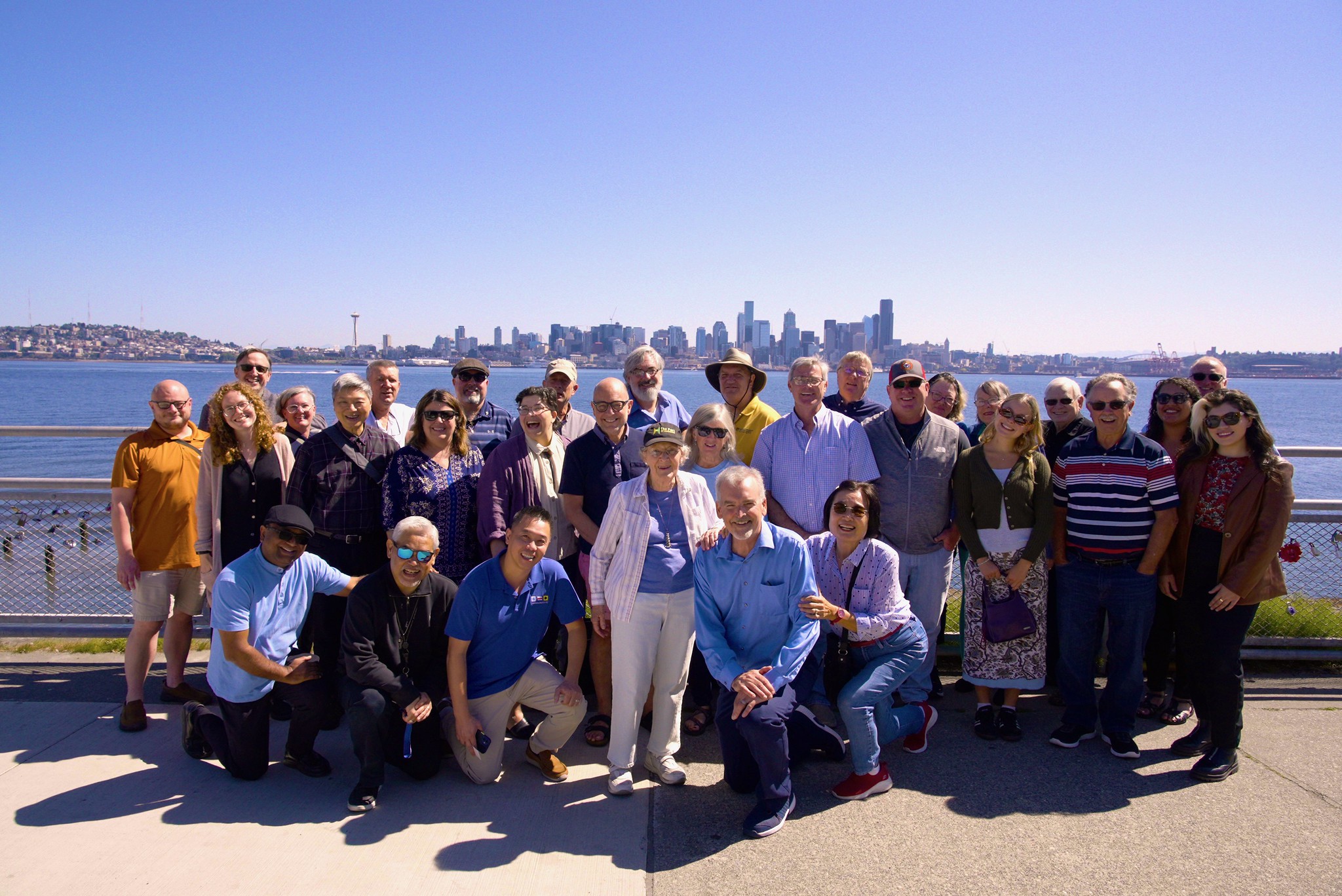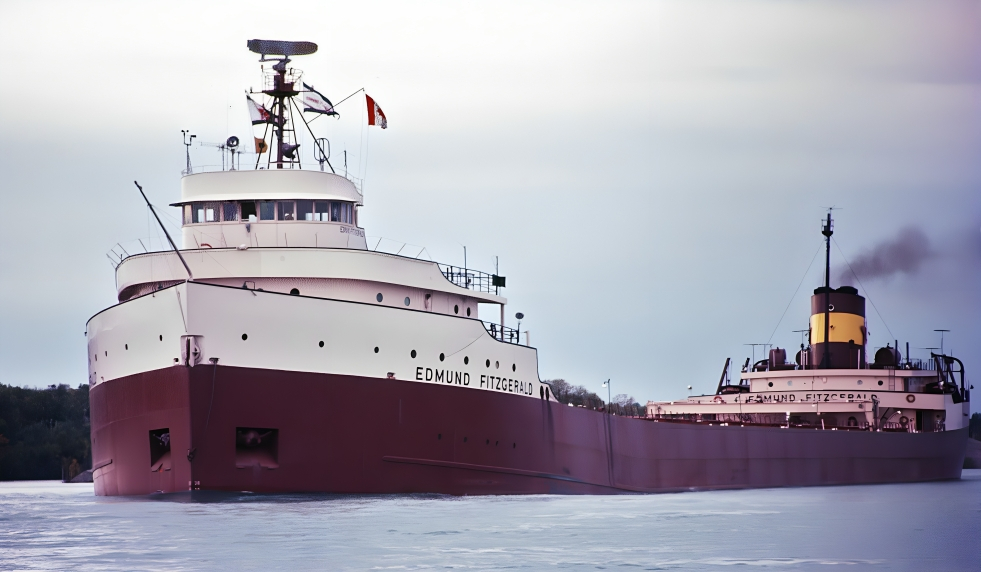by Susan Huppert, NAMMA
It was a pair of number nine knitting needles that introduced Carol McQuellen to the world of seafarers.
Carol lived as a child in Vancouver, WA and returned there when her husband retired in 1970. As was typical in those days, one step to settling in a new community was finding a church. During her search, Carol met a group of about seven women knitting for seafarers at the Church of the Good Shepherd in Vancouver. She joined the ladies and her journey of knitting for seafarers began.
The mission, she said, began caring for seafarers many years earlier with the grassroots support of Methodist and Episcopal churches. Since then, it has grown to include support from all faiths and it cares for people from any country according to Fort Vancouver Seafarers’ Center Executive Director Kent Williams.
The Fort Vancouver Seafarers’ Center is located in the Port of Vancouver USA on the Columbia River in Washington. The goal of the outreach is to provide the best care and respite possible for the visiting seafarers of the world. Located within the port, the Vancouver center has much in its favor including a 5,000 square-foot indoor space on a one-third acre lot. The center offers resources including free warm clothing, a chapel, recreation, and most importantly, personal contact with those who care.
Getting off their ship where the groan of the engines never stops is important for the crew. The mission transports seafarers to shopping outlets and the center where providing pool tables and basketball courts create a change of routine for those who have been onboard for days, sometimes weeks. Over 20 years at the center has taught Williams that extending your hand to another and authentic face-to-face interaction is really the best you can offer. Volunteers are critical in this role.
The Vancouver center lost volunteers because of the pandemic. However, four new ship visitors have joined.
“We are back to about the same regarding volunteers, as pre-pandemic,” said Williams. “We realize that the pandemic left residual emotional damage that doesn’t go away overnight.”
Volunteers collect contents and fill ditty bags for year-round distribution to the 336 ships they see annually. During the Christmas season, special mugs and handmade hats are included. Gracious seafarers respond as they come and go during the holiday. Giving ditty bags is a gateway to conversation and connection with seafarers that in a strange place someone acknowledges them and cares.
One variable that has changed is funding. Williams says that the increase of homelessness in the county has caused funding sources to support the more visible needs.
“Vancouver is a very giving community,” he said.
But when the condition of the neighborhood goes down, the level of support from mainline churches follows. He speculates that another contributing factor may be the recession. Either way, funding is a key factor to continue outreach among the seemingly unseen population of seafarer missions.
Even the knitters confess that a donation of yarn really helps.
McQuellen recalls when her knitting group made 193 hats to give away.
“This year we only made 120,” she said. Combined with others the center provides a total of 600.
“It is a wonderful ministry,” said the 85-year-old volunteer who completes a circle of international ministry with every stitch she takes. “We have a few ladies that are very dedicated and have started to knit for next year.”
We think it’s a worthy cause. Knowing that somebody who may be from a warm place like the Philippines and heading on a cold ship for the North [Pacific] can benefit from the hats we make . . . that’s why we do it.”





